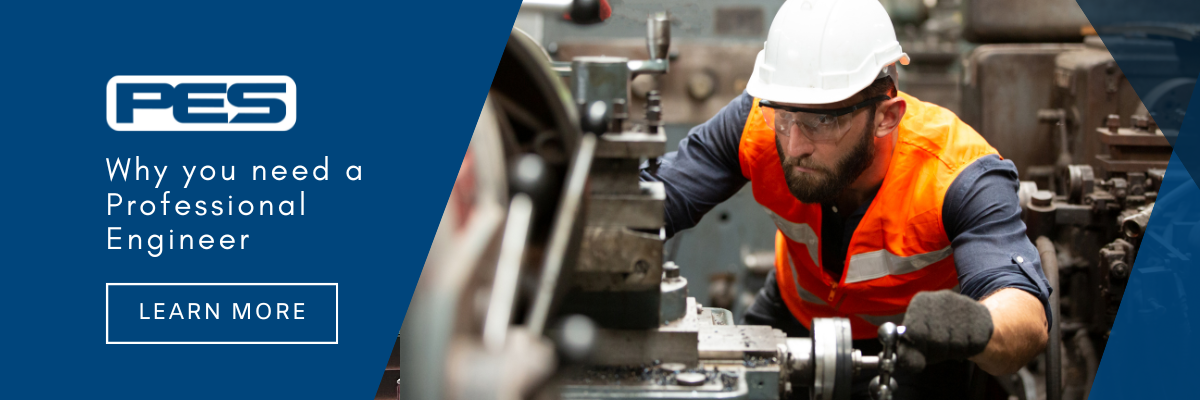
As simple as the media portrays the oil and gas industry sometimes, in reality, it is quite a sophisticated and elaborate process. With the many stages involved at a macro level, including drilling, production, and refining, the oil and gas process can be broken down to many more micro levels as well.
Keep reading to discover everything you need to know about the upstream oil and gas separation process.
What is the Separation Process?
A separator is a vessel in which a mixture of fluids that are not soluble in each other are segregated from one another.
In the oilfield, separators are used to segregate gas from liquid; or one liquid, such as crude oil, from another liquid, such as water.
There are more separators on oil and gas locations or process facilities than any other type of process equipment. Sometimes they are called scrubbers, slug catchers, FWKO’s, centrifuges, and many other names.
Regardless of what the vessel is called, the function is to segregate two or more fluids (like when using shaker screens), usually gas and liquids.
The Seven Principles of Oil Separation
There are seven principles that affect separation.
Depending on the properties of the well fluid and the required task at hand, these are the principles governing separation.
In some cases, only one of the seven may be used at any given time.
In other cases, it may be more expedient to use a combination of two or more of the principles to get the required results within a given timeframe.
Depending on what needs to be done, pressure on a hydrocarbon containing vessel may be manipulated to enhance the separation process.
If the vapor pressure in a vessel containing hydrocarbons is decreased, some lighter hydrocarbons will flash from the liquid phase into the vapor phase.
On the other hand, if vapor pressure in a vessel containing hydrocarbons is increased, some lighter hydrocarbons will condense from the vapor phase back into the liquid phase.
These statements are true if the temperature remains constant.
2. Temperature Change
Temperature changes go hand-in-hand with pressure changes when it comes to separation in a hydrocarbon containing system or vessel.
If the pressure in a vessel remains the same, a rise in temperature will cause some lighter hydrocarbons to flash from liquid to vapor phase.
Likewise, a drop in temperature at a fixed pressure will cause some hydrocarbons to condense into the liquid phase.
3. Gravity
Gravity, or more specifically, the difference in specific gravity of the components being separated, is the biggest factor in the time it takes for the components to separate.
The greater difference in the specific gravity of the components, the faster separation will occur.
There is a significant difference in the specific gravity between gas, oil and water, so the gas does not take long to break out and rise to the top of the liquids.
The less difference between the specific gravity of the components means there must be more settling or retention time for the components to separate out. If there is a greater difference in the specific gravity of the components, such as in the gas and oil example, gross separation will take place rather quickly.
4. Scrubbing Action
Scrubbing action is what separates oil from gas. The number of physical stages required to remove the oil is determined by the stripping action. Viscosity, pressure, temperature, and density are properties that can be used to determine which process will yield the most efficient separation.
5. Chemical Action
Chemical action between two immiscible liquids is necessary for separation. The interfacial area between the two liquids must be retained to provide the chemical action. A decrease in temperature will always reduce or eliminate three-phase contact and therefore reduces separation efficiency.
Pressure has an inverse effect on separating efficiency. Decreasing pressure increases the relative velocity of separation, thereby increasing efficiency. Increasing pressure decreases relative velocities, reducing separating efficiency. Varying the speed of agitation changes the width of a contacting zone, which can affect separation efficiency either positively or negatively depending upon conditions.
6. Electrical
Electrical separation is based on the fact that oil and water have different dielectric constants. When a mixture of oil and water is electrically grounded, so one phase has a positive charge and the other phase has a negative charge, the two phases will separate.
This method can be employed in both vertical and horizontal vessels.
7. Retention time
Retention time of the oil in the separator can be used to determine how much gas can be recovered. The greater the retention time, the more oil that will be removed. This is due to the fact that as long as oil remains in contact with inert gas, it will not rise. The longer the contact time between the inert gas and liquid, the larger amount of oil will dissolve into the vapor phase.
Want to stay up to date on relevant information?
Be sure to check out more of our blogs!
Experience matters – our team of talented engineers has experience engineering and designing for a multitude of industries and projects ranging from Skid & HPU package design to ASME vessel design and beyond.
About Practical Engineering Solutions
Practical Engineering Solutions will always be dedicated to providing top-notch customer service to meet our industry demands.
We set ourselves apart with our consistency and timely turnarounds. We are always committed to being responsive to our clients, KEEPING OUR PROMISES, making delivery schedules, and standing by our designs!
From concept, design, and engineering, to project management and integrity services. We are your gateway to your journey's engineering endeavors. Including oil & gas, hemp & CBD, and food industries.
Providing services focusing in Facilities Engineering, Turn-Key Solutions, Hemp Facilities, Food Plant Engineering, Manufacturing, Engineering Services and Drafting & Design.



